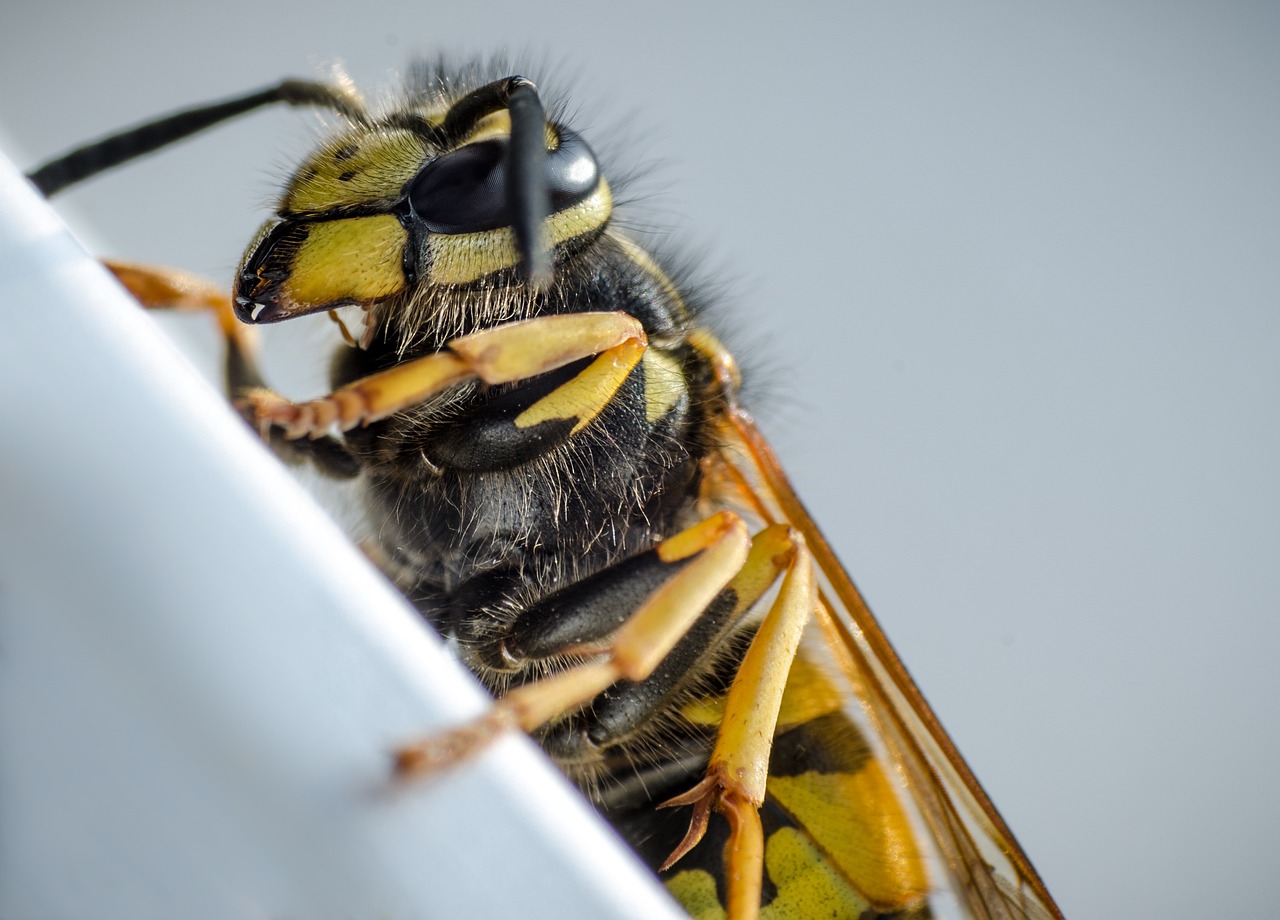News release
From:
Evolution: Mimicry is in the eye of the beholder (N&V)
Predator perception has an important role in the level of accuracy needed for animals that mimic harmful creatures to avoid being eaten, a study in Nature demonstrates. Experiments using a range of 3D-printed mimics of wasps, with varying levels of accuracy, reveal that birds can distinguish subtle differences between harmful insects and their harmless mimics, whereas other predators are easier to fool.
Batesian mimics are harmless animals that look like dangerous or unpalatable ones to deter predators. For example, some hoverfly species (Syrphidae) resemble wasps (Vespidae), but this mimicry ranges from near perfect to almost non-existent. It is unclear why mimicry has not evolved to be perfect if it offers protection against a predator. One hypothesis is that mimics might be better protected if they try to resemble a number of harmful creatures, thereby deterring multiple predators.
Christopher Taylor and colleagues test this theory by creating 3D-printed insects, ranging in appearance from non-mimetic flies, through various forms of hoverfly, to wasps. They then tested the response of birds and invertebrate predators when presented with the prey. Birds demonstrated an excellent ability to discern subtle differences, mostly selecting the ‘safe-to-eat’ 3D-printed prey. However, this ability was stronger for colour and size traits than for pattern and shape. Mimics that shared some resemblance with multiple harmful insects did not seem to benefit from additional protection against predators. Some invertebrate predators (such as crab spiders, jumping spiders and praying mantises) seemed less able to discriminate between the different insects, which, the authors conclude, may help to explain why some inaccurate mimics persist.



 International
International


